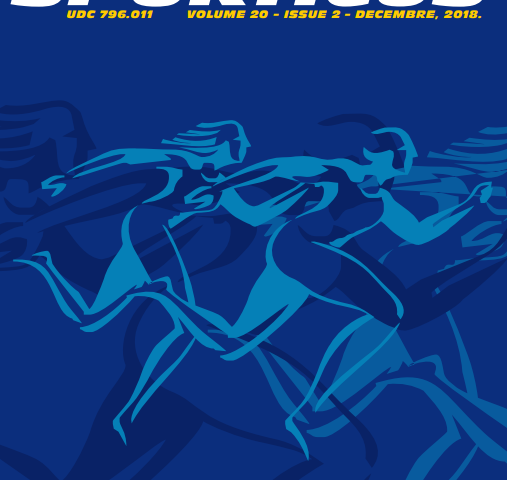Abstract
Dorsiflexion range of motion is a measure offlexibility ofthe ankle joint. The amount of influence of ankle range of motion on balance performance is still not clear. It is known that ankle injuries couldaffect reduced ankle range of motion, that inflexible ankles have nearly five times greater risk of ankle sprain, and that leg with history of ankle injury has a worse proprioceptive ability. The objective of this study was to examine the relationship between ankle flexibility and unilateral balance. Fourteen healthy young women (age: 21,00 ± 2,50 years, height 167,285 ± 4,496 cm, weight 61,071 ± 5,827 kg, body fat 26,514 ± 4,214 %, students of kinesiology), participated in this study. The sample of variables included three tests of unilateral balance abilities (Overall, Anterior-Posterior and Medio-Lateral Stability Index), and one ankle flexibility measure (maximal dorsiflexion range of motion) estimated by performing Weight Bearing Lunge Test. There was no significant correlation between the Overall (mean: 2.04 ± 0.60; r=0.38, R2=0.14, p=0.18), Anterior-Posterior (mean: 1.66 ± 0.56; r=0.28, R2=0.08, p=0.33) and Medio-Lateral Stability Index (mean: 14,32 ± 3,4; r=0,11, R2=0,01, p=0,71) with the maximal dorsiflexion range of motion. Based on these findings it could be concluded that better results of unilateral balance measured on Biodex Stability System, among young, healthy physically active women, does not depend on greater dorsiflexion range of motion.


